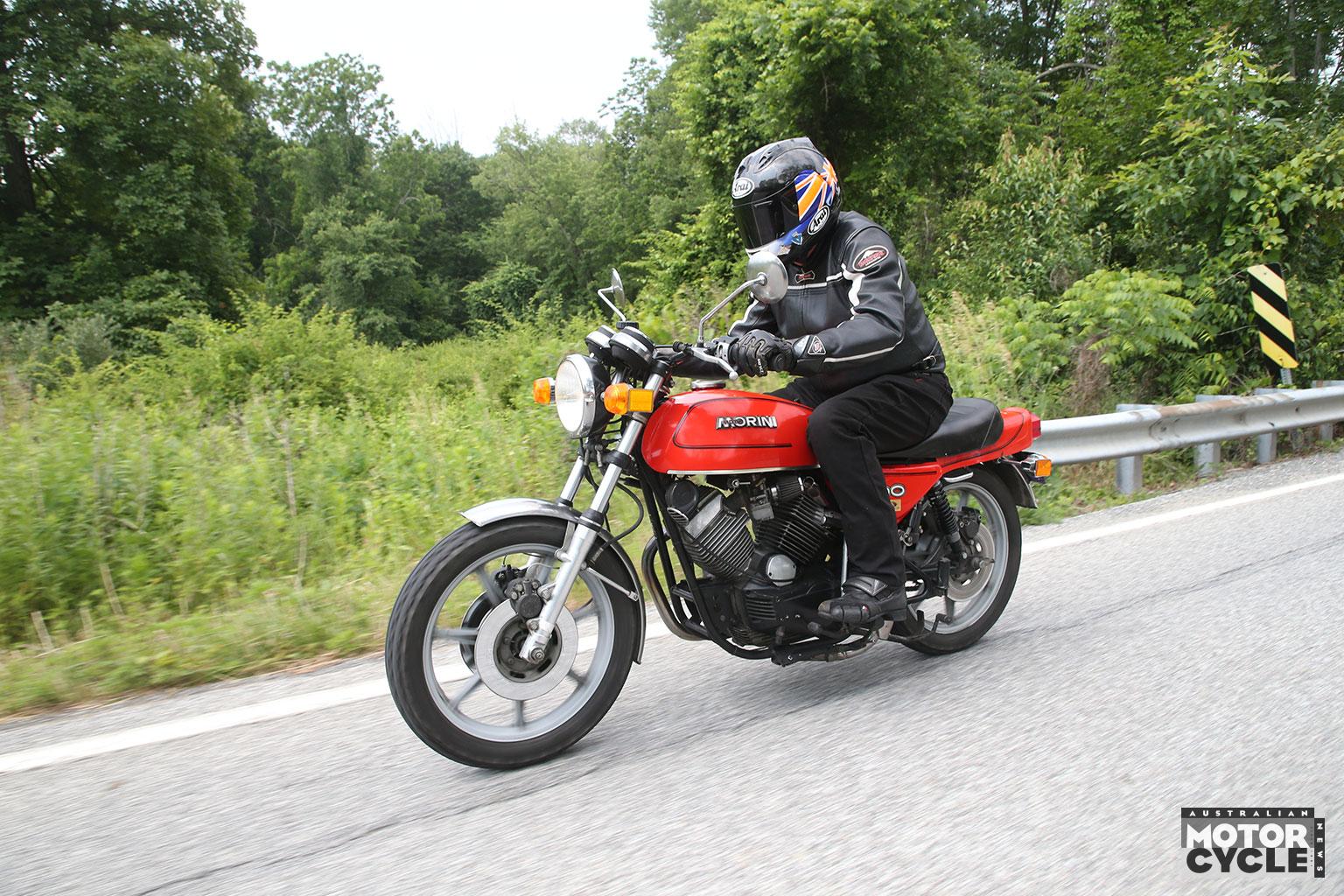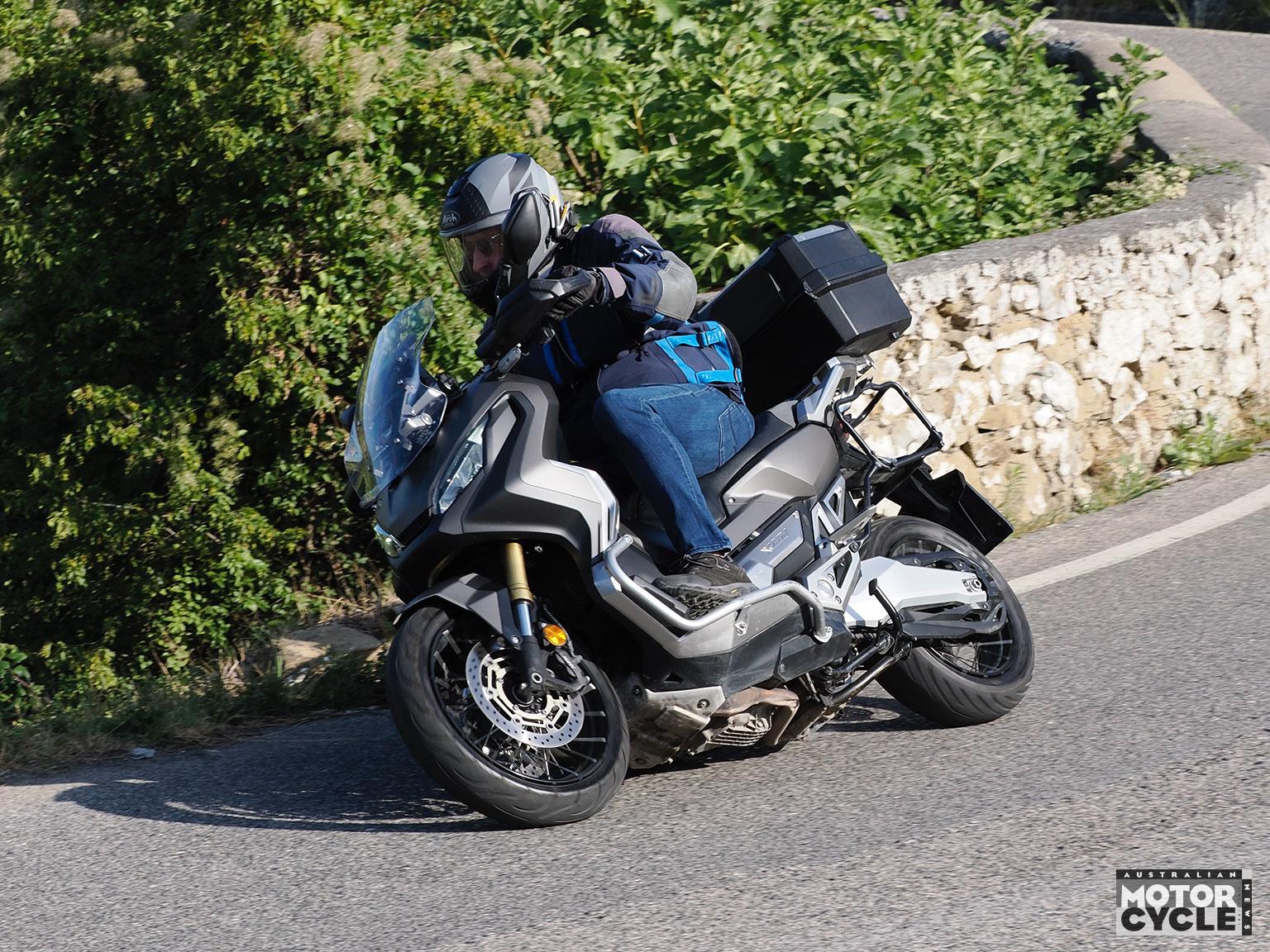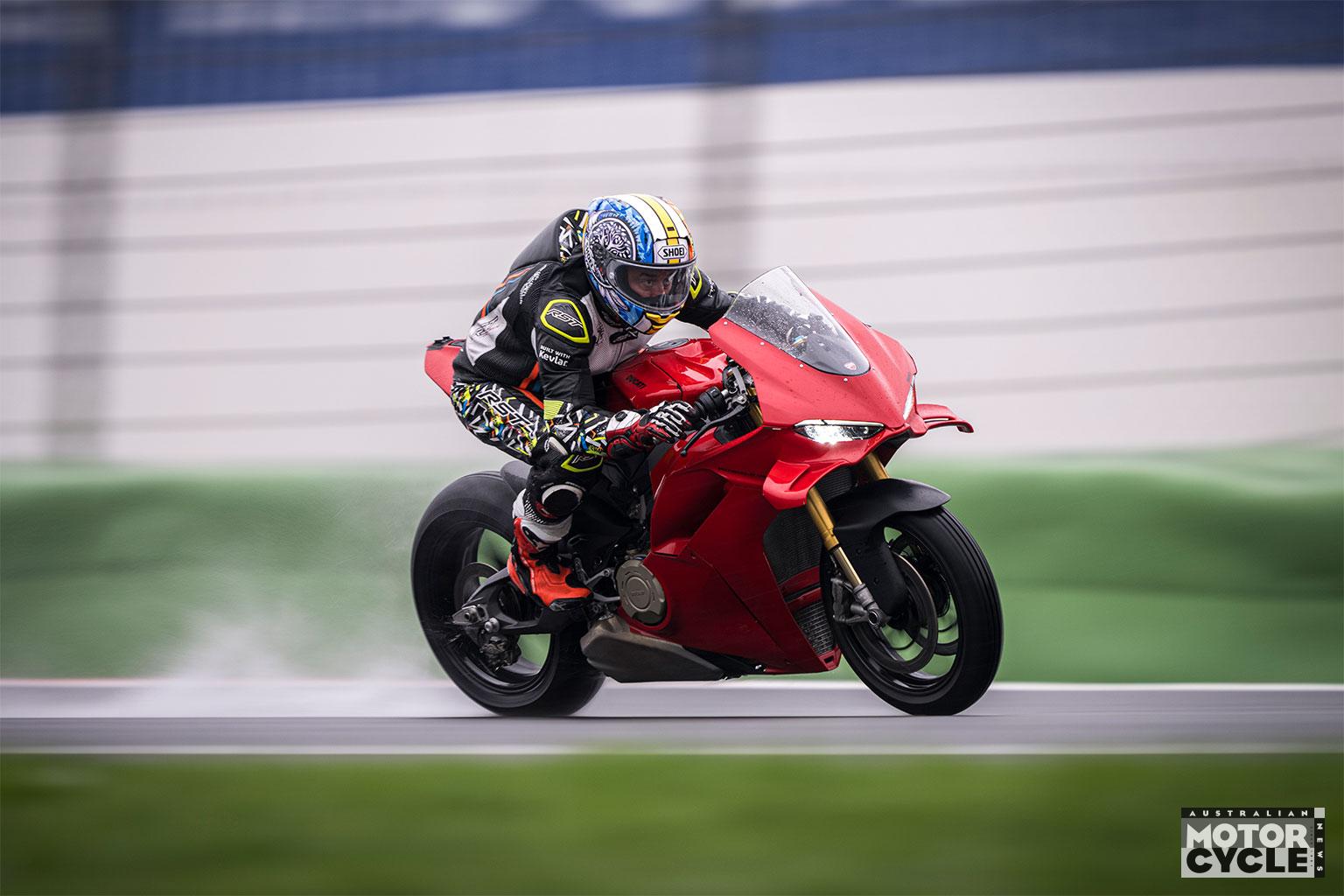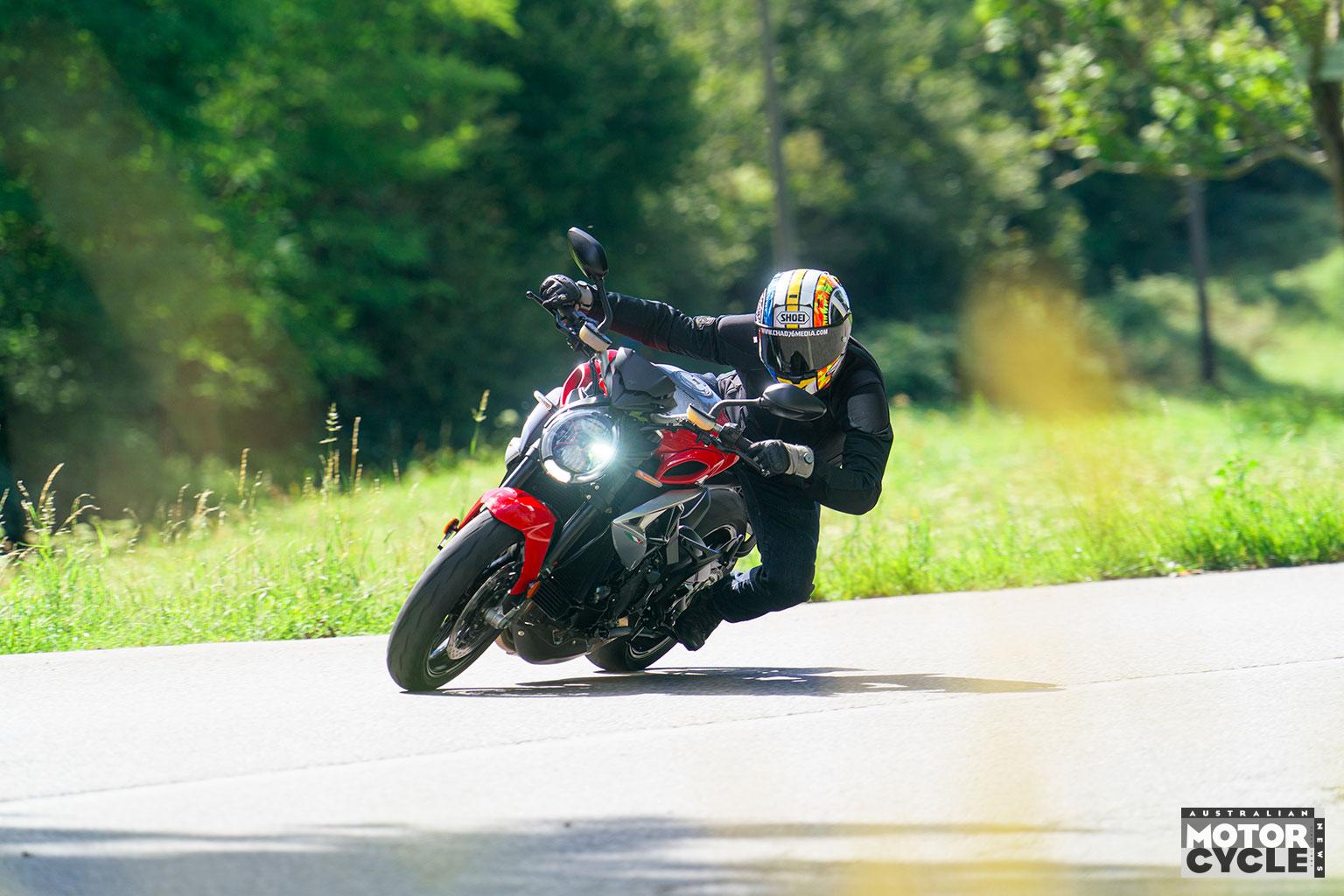We send petrol-head Wattie out to do a Zero SR/F real-world test. Here’s what he thinks of it…
Call me old fashioned, but I’m not convinced by all the EVs out on the road these days. I mean, they can be useful to some people but they still don’t seem to solve the problem of travelling distances or touring.
Rolling into the dealer to pick up the Zero, I have the PlugShare app for finding public chargers, the Zero Next Gen app for monitoring settings, and my best AC/DC playlist queued up on Spotify ready to go.
My emotions are mixed at this point. I’m always excited to try something new but essentially my mind is a blank canvas. On paper, the Zero SR/F has all the ingredients for a good time; Showa suspension, J.Juan brakes similar to those found on a KTM Duke, decent tyres, heated grips – although they’re optional – and a reported range of 283km on a single charge. Power and torque figures are kind of meaningless on an electric bike, but the air-cooled brushless Z-force 75-10 motor puts out peak quoted figures of 84kW (112.6hp) and 190Nm – that’s more torque than a 131ci Screamin’ Eagle crate motor they race in MotoAmerica’s King of the Baggers series.

After getting the rundown on the bike by Zero Australia’s general manager Chris Walton, I’m feeling more at ease that the Zero is just like a regular bike, but quieter and cheaper to run. As long as you have the charging under control, that is. The SR/F has a full suite of electronics, including ride modes, throttle maps, regenerative braking maps, traction control and ABS.
Walton suggests I start off on Rain mode and move up through the modes once I get comfortable. Rolling out and into peak hour traffic is a bit of an eye opener. All the controls are the same, except for the lack of clutch and gear lever. I’m sitting at the lights in silence, wondering if the bike will go when I hit the throttle.

The green light on the five-inch TFT dash assures me it will, and it does. With just a slight whirring noise that steadily builds into a bit of a whine as speed increases, faster than the regular traffic but far from invigorating, we are away. This Rain mode can go to hell. I need more. There is Rain, Eco, Standard, Sport and Custom to choose from, so I engage Standard for the rest of my trip home. The ride modes are all adjustable inside the Zero Next Gen app and via the dash if you are stopped. Once downloaded, you can flick through them on the go.
The Standard mode moves along with ease, beating the traffic away from a standing start, and when I close the throttle I can feel the regenerative braking slowing the rear wheel and then increasing when I touch the brakes. The regenerative braking has two stages; when the throttle is closed the neutral regeneration begins applying drag to the rear wheel and feeding power back into the battery. Then once the brakes are applied, stage two kicks in and applies more regen. In Eco mode, for example, you have almost maximum regen as soon as you close the throttle, so much so that if you keep your eyes on the road ahead you can ride without braking. The Bosch stability control keeps an eye out for potential locking of the rear wheel under regen braking – kind of like a slipper clutch on a regular bike – so you don’t need to fear the back locking when you shut the throttle.
Changing to the modes with more power and torque won’t necessarily use more battery power if you are sensible with the throttle but, hey, we aren’t here to put socks on centipedes. If I’ve got full power available, I’m going to use it. A decision that will soon bring regret as I watch the range calculation plummeting through the floor faster than regen can ever build it back up.
Launching the Zero off the line is super fun, if a bit too easy. You simply mash the throttle wide open and hold on tight. I keep reaching for a gear lever as the electric whine increases but there is nothing there. The acceleration is relentless. There are no dips or humps on the torque curve, it just goes and goes and goes some more. I got it to max out at 200km/h on the drag strip, after running a flat 12-second quarter mile. No, 12 seconds isn’t overly fast in the scheme of things with a swarm of BMW S 1000 RR’s running low 10s on the same day, but its no slouch.

One of the biggest surprises is the way it launches around cars when overtaking. It simply rockets away from a rolling start not dissimilar to a Triumph Rocket 3 at full noise but without the fuss. I’m sure it shocks a few car drivers when it whizzes past.
Wheelies? Yeah, nah, not really going to happen. I’m not a fan of clutch up-wheelies anyway, but that’s one option that is missing here. My usual timed dab of the brakes and snapping the throttle open does not bear the usual fruit either. The Zero, while having oodles of torque, doesn’t quite have the snappyness to pop it up any more than about 200mm off the ground.
The handling is quite good. The bike feels long and low when you sit on it and reach for the handlebar and the feeling reflects this on the road. The bulk of the weight is in the battery and it sits reasonably low in the chassis, which keeps the centre of gravity pretty low. The Zero tips into corners willingly and holds a line okay when the road is smooth.
Mid-corner bumps do upset it a little, making it feel kind of nervous like the chassis is flexing. I can’t help but think the lack of rotating mass in the centre of the bike may be partly to blame here. There is no flywheel effect from a petrol engine spinning at 5000rpm or so to keep the bike stable. I’m no engineer, but that’s the best I can justify it to myself.

The 43mm Showa fork is a fully adjustable Big Piston Separate Function item similar to what’s found in 600cc sportsbikes. I find it suits the Zero SR/F really well with plenty of adjustment for fine tuning. At the rear, the Showa shock is a direct-mounted item rather than a linkage type, and also is fully adjustable.
I added some damping to try and slow it down and give a bit more feel.
The throttle connection is flawless and I could wind the power on hard and feel the rear tyre fighting for grip exiting corners. The brakes are more than capable. Up front the four-piston J.Juan brakes are the same as you will find on a KTM 990 Duke. It’s a two-finger deal here. The bike weighs in at 227kg, which isn’t light, but the front brakes are strong and accurate. They seemed a little bit noisy but I blame the disc noise solely on the fact that the rest of the bike is almost silent. The rear brake isn’t great and I had to put a heap of pressure on the pedal to even feel them working but with regen I don’t miss it.
The nitty gritty. The charging and range. The quoted range of the 17.3kWh motor is 283km on the SR/F. But this is stop and start city riding at low speeds. Electric bikes use less battery in these situations than they do riding at a constant high speed. The quoted range on the highway is 188km.
You are not meant to charge lithium-ion batteries to 100 percent all the time as it reduces battery life, so the bike was set to charge to 95 percent only. The Zero will allow you to charge to 110 percent capacity if you have a particularly long distance to cover between charging, but there is no regenerative braking available until the battery dips below 100 percent.

My normal commute sees me travelling about 100km with average speeds of around 90km/h with plenty of traffic lights along the way. Not ideal conditions for the Zero to shine and it shows; I would arrive home with just 30 percent battery remaining with a predicted range of another 50km. So, for me, we are looking at a 150km range.
I generally charged the Zero at home using the supplied wall charger. It took about five hours to charge from 30 percent back up to 95 percent after a day’s commuting. When I stopped by a friend’s house who owns a Tesla, we plugged the Zero in for a top-up from his 70A three-phase Tesla power supply utilising the optional built in 12.6kW fast charger – and it was much faster! The Type 2 charging cable supplied with our testbike allows you to use one of the public power supplies and sees the battery replenished at double the speed of the standard 6.6kw charger– approximately two percent per minute – so this will charge from 0 to 95 percent in just 70 minutes. The kicker here is that if you don’t have a setup like this at home, most public-use fast chargers require you to bring your own charging cable, which means you need to either get it in your backpack or fit some sort of tail bag as there is nowhere on board to store it on the bike. I found it easier to just charge the bike at home, which takes longer and only costs a few dollars if you program it to take place during periods of off-peak rates.
The Zero’s fit and finish seems pretty good. The TFT screen is beaut and even when it is in full sun it stays nice and clear. There are LED lights all round and two USB charging ports are found under the lid where a fuel tank would normally be. The heated grips have three different levels of burn to choose from, which probably doesn’t help range, but it’s not like I can rest my hands on the side of the engine for warmth while commuting in peak winter.

Cruise control is standard and uses the button normally reserved for starting a bike. Our testbike was equipped with parking mode, which is very handy as it allows you to reverse the bike with the throttle at walking pace and then select forward and move at a walking pace by using that same cruise control button to change direction. For the record, I tried to ride it backwards down my driveway, but I’m not Toprak Razgatlioglu and eventually had to put my feet down.
The Zero SR/F’s buy-in price is $41,800 in standard guise, which includes heated grips and parking mode, which seems fairly steep to me for a bike with a fairly narrow focus. But you need to keep in mind the maintenance costs are almost nothing as the only serviceable items are the drive belt at 40,000km, tyres and brake pads. The ‘fuel’ costs are almost zero (excuse the pun) in comparison to a regular bike, even less if you can charge it off your solar at home or make use of free charging stations.
Am I convinced? To me, I would use it to commute as it’s very comfortable, easy to ride and fast enough to have fun on. But as I live in a more rural area, I couldn’t see myself going for rides out into the country for fear of getting stuck without charge.
So this limits it to being a second bike for me.
By no means is that the bike’s fault but in Australia the infrastructure isn’t available right now to charge wherever I want to go and ride.
One day it should be, and then it might be a different story.
PROS: Surprisingly quick, low running costs and it’s good for the planet.
CONS: Lack of charging infrastructure, no phone connectivity and cost of initial outlay.
There’s an app for that

The Zero Next Gen app is the key to unlocking the full potential of the Zero SR/F. With the app installed and linked to your bike, you can make changes to all your settings, including customising your ride modes and monitoring battery performance during charging and during rides that you have recorded. I set up my own mode with full power, full torque, no traction control, bulk regen braking and maximum top speed. You can also customise the dashboard layout to prioritise the information you want displayed while riding.
Via this app you can buy upgrades to your bike using the Cypher system. You can buy and unlock some features direct from your mobile phone, although some will need hardware installed on the bike by your local dealer.
I would have thought that a bike in this price category and tech level would have navigation and phone integrations but there is no such feature at this stage. Maybe a future update will make this an option. The phone already connects via Bluetooth, so all the required hardware is in place.
The next app that is a must-have is the Plugshare app. This is the bible for finding public charging locations, their suitability to charge the Zero and their current availability.
SPECIFICATIONS

MOTOR
Type Permanent magnet, brushless
Controller IGBT
Cooling Air
Transmission Single speed
Clutch Not applicable
Final drive Belt
BATTERIES
Type Lithium-ion
Capacity 17.3kWh
Recharge time
6kW charger: 20-80% 1 hour
12kW charger: 20-80%: 30 mins
Level 2 charging to 95%: 2 hours
PERFORMANCE
Power 84kW (claimed)
Torque 190Nm (claimed)
Top speed 200km/h (measured)
Range City: 283km, Highway: 188km, Combined: 199km (claimed)
ELECTRONICS
Type Bosch Advanced MSC
Rider aids ABS, traction control, drag torque control and regenerative braking
Rider modes Rain, Eco, Standard,
Sport and Custom
CHASSIS
Frame material Steel
Frame layout Tubular trellis
Rake 24.5˚
Trail 94mm
SUSPENSION
Showa
Front: 43mm USD Separate Function Big Piston fork, fully adjustable, 120mm travel
Rear: Monoshock, fully adjustable , 140mm travel
WHEELS & BRAKES
Wheels Cast aluminium
Front: 17 x 3.5
Rear: 17 x 5.5
Tyres Pirelli Diablo Rosso III
Front: 120/70ZR17 (58W)
Rear: 180/55ZR17 (73W)
Brakes J.Juan, Bosch ABS
Front: Twin 320mm discs, four-piston radial calipers
Rear: Single 240mm disc, two-piston caliper
DIMENSIONS
Weight 227kg (kerb, claimed)
Seat height 787mm
Max width Not given
Ground clearance Not given
Wheelbase 1450mm
SERVICE & WARRANTY
First service 1000km
Minor: Annual
Major: Not applicable
Warranty Two years, unlimited km (five year warranty on power pack)
BUSINESS END
Price From $41,800 (ride away)
Colour options Thermal/Black or Jet Black/Gold
Contact www.zeromotorcycles.com.au















